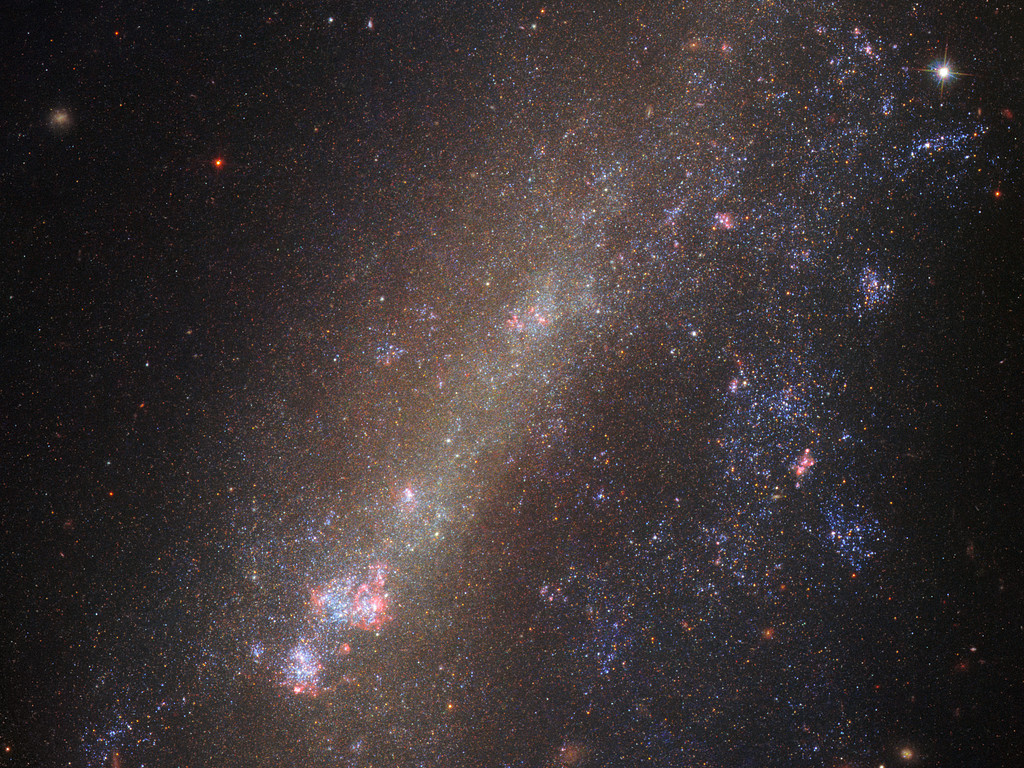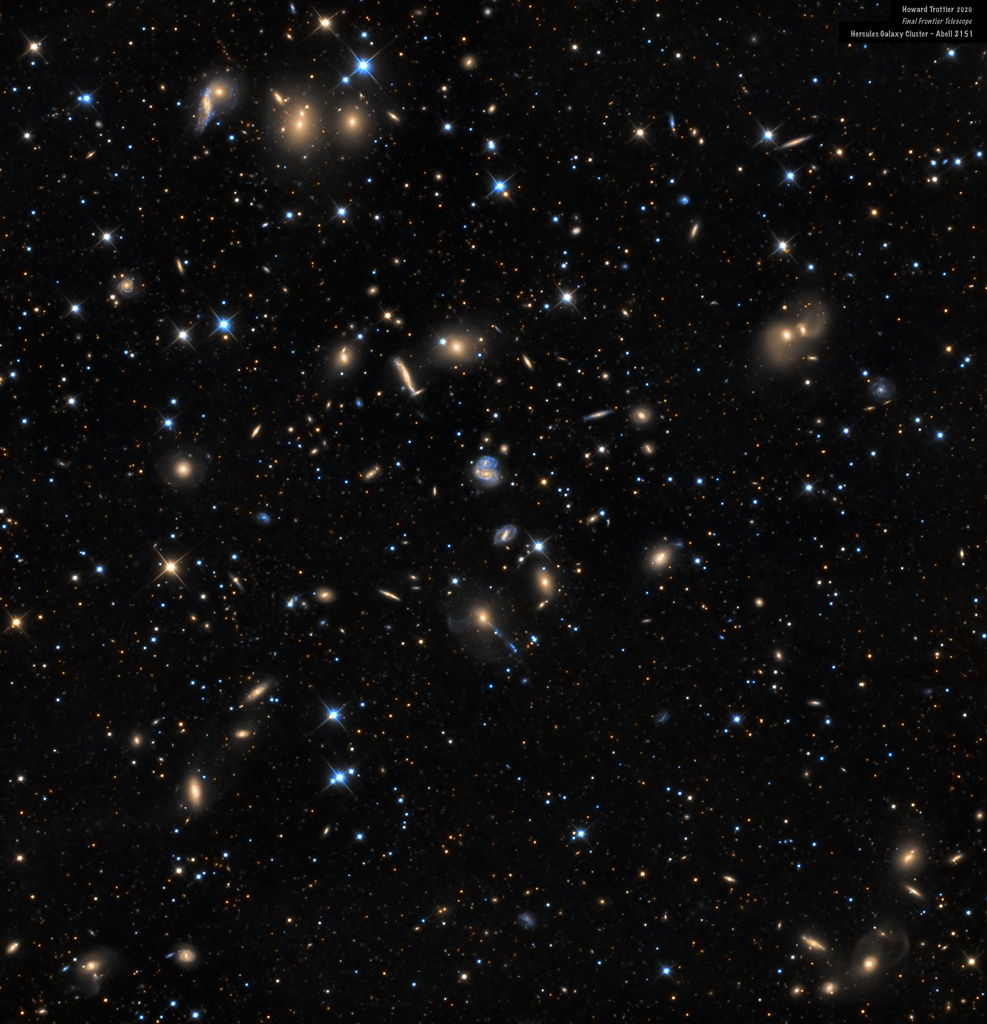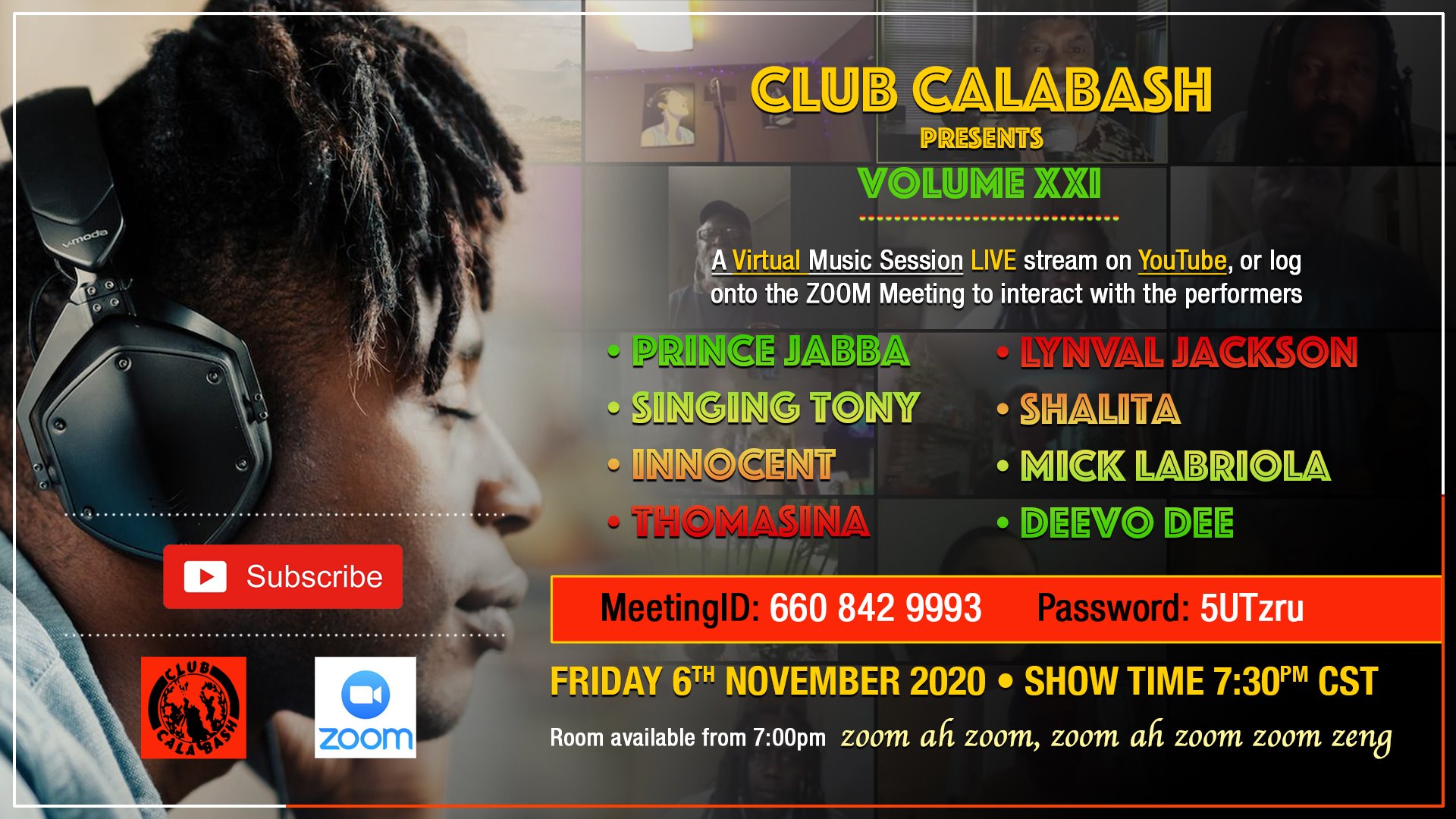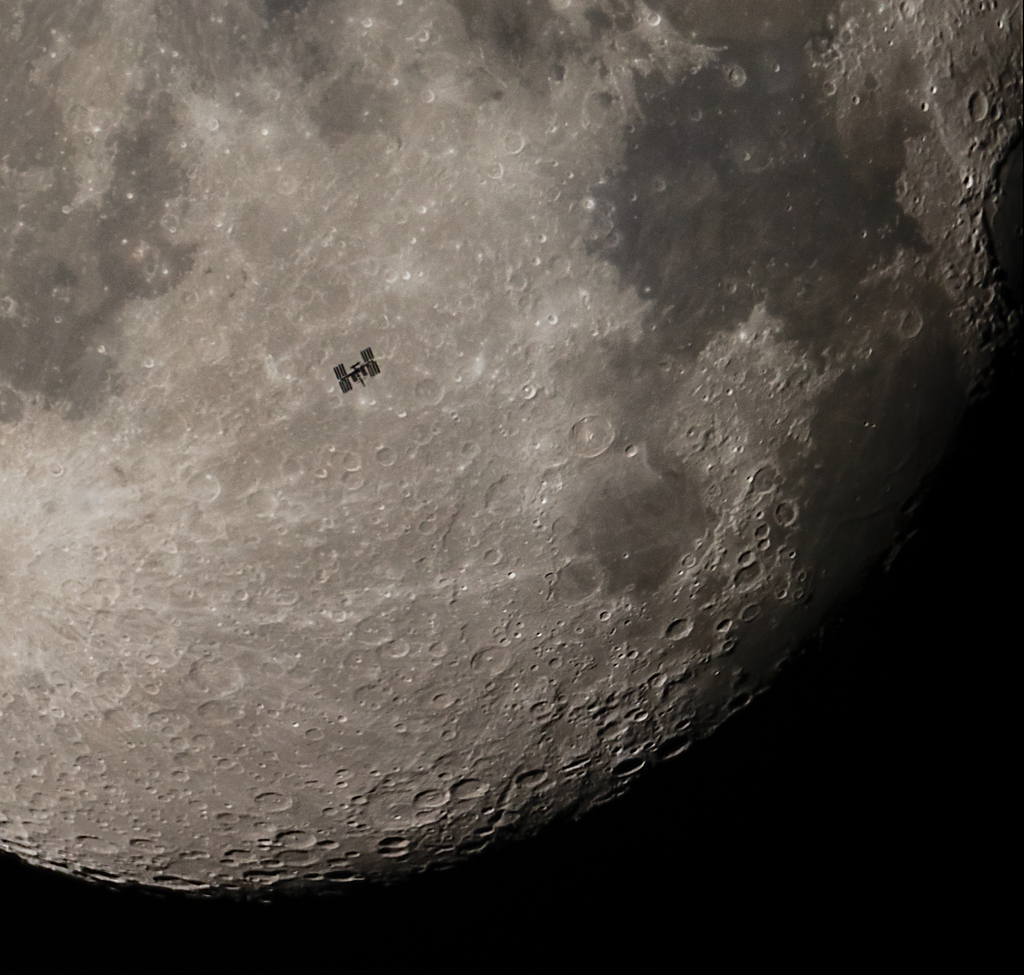Blog
Gravity governs the movements of the cosmos. It draws flocks of galaxies together to form small groups and more massive galaxy clusters, and brings duos so close that they begin to tug at one another. This latter scenario can have extreme consequences, with members of interacting pairs of galaxies often being dramatically distorted, torn apart, or driven to smash into one another, abandoning their former identities and merging to form a single accumulation of gas, dust, and stars.
The subject of this NASA/ESA Hubble Space Telescope image, IC 1727, is currently interacting with its near neighbour, NGC 672 (which is just out of frame). The pair’s interactions have triggered peculiar and intriguing phenomena within both objects — most noticeably in IC 1727. The galaxy’s structure is visibly twisted and asymmetric, and its bright nucleus has been dragged off-centre.
In interacting galaxies such as these, astronomers often see signs of intense star formation (in episodic flurries known as starbursts) and spot newly-formed star clusters. They are thought to be caused by gravity churning, redistributing, and compacting the gas and dust. In fact, astronomers have analysed the star formation within IC 1727 and NGC 672 and discovered something interesting — observations show that simultaneous bursts of star formation occurred in both galaxies some 20 to 30 and 450 to 750 million years ago. The most likely explanation for this is that the galaxies are indeed an interacting pair, approaching each other every so often and swirling up gas and dust as they pass close by.

Bonnie Lynn Raitt (born November 8, 1949) is an American blues singer, guitarist, songwriter, and activist.
During the 1970s, Raitt released a series of roots-influenced albums that incorporated elements of blues, rock, folk and country. In 1989, after several years of critical acclaim but little commercial success, she had a major hit with the album Nick of Time. The following two albums, Luck of the Draw(1991) and Longing in Their Hearts (1994), were multimillion sellers, generating several hit singles, including “Something to Talk About“, “Love Sneakin’ Up On You“, and the ballad “I Can’t Make You Love Me” (with Bruce Hornsby on piano).
Raitt has received 10 Grammy Awards. She is listed as number 50 in Rolling Stone‘s list of the “100 Greatest Singers of All Time” and number 89 on the magazine’s list of the “100 Greatest Guitarists of All Time”. Australian country music artist Graeme Connors has said, “Bonnie Raitt does something with a lyric no one else can do; she bends it and twists it right into your heart.”
more...Minnie Julia Riperton Rudolph (November 8, 1947 – July 12, 1979) was an American singer-songwriter best known for her 1975 single “Lovin’ You” and her five-octave coloratura soprano range. She is also widely known for her use of the whistle register and has been referred to by the media as the “queen of the whistle register.”
Born in 1947, Riperton grew up in Chicago‘s Bronzeville neighborhood on the South Side. As a child, she studied music, drama and dance at Chicago’s Lincoln Center. In her teen years, she sang lead vocals for the Chicago-based girl group the Gems. Her early affiliation with the Chicago-based Chess Records afforded her the opportunity to sing backing vocals for various established artists such as Etta James, Fontella Bass, Ramsey Lewis, Bo Diddley, Chuck Berry and Muddy Waters. While at Chess, Riperton also sang lead for the experimental rock/soul group Rotary Connection, from 1967 to 1971.
On April 5, 1975, Riperton reached the apex of her career with her No. 1 single “Lovin’ You”. The single was the last release from her 1974 gold album titled Perfect Angel. In January 1976, Riperton was diagnosed with breast cancer, and in April, she underwent a radical mastectomy. By the time of diagnosis, the cancer had metastasized and she was given about six months to live. Despite the grim prognosis, she continued recording and touring. She was one of the first celebrities to go public with a breast cancer diagnosis, but she did not disclose that she was terminally ill. In 1977, she became a spokesperson for the American Cancer Society. In 1978, she received the American Cancer Society’s Courage Award, which was presented to her at the White House by President Jimmy Carter. Riperton died of cancer on July 12, 1979 at age 31.
more...Born: November 8, 1934 (age 86 years)
A native of Carbondale, Pennsylvania, guitarist, composer, arranger, author, and educator Dale Bruning spent time living, working and recording in Pennsylvania, New Jersey and New York during the 1940s and 1950s. During his tenure in the United States Navy from 1953-57, he was a guitarist and arranger, and when called upon, he also played piano, bass, vibes, and percussion.
Upon his release in 1957, he studied at Temple University, declaring and graduating with a bachelor of arts degree in psychology. He took as many music classes as he could. Concurrently, he studied music and guitar with world renowned educator Dennis Sandole.
In 1961, Mr. Bruning became the leader of the house band for The Del Shields Show, a television variety program that originated from Philadelphia on WRCV, an NBC affiliate. In 1964, he and his family moved to Denver.
An accident in 1988 nearly ended Mr. Bruning’s career as a performing musician. While securing a window pane in the rubbish can, a piece of glass broke and slashed a deep cut across his left wrist. His median nerve to the fingers and the thumb tendon were badly cut. Dr. Charles Hamlin rebuilt the sheath around the nerve, enabling it to regenerate itself.
After this tragedy, his commitment to playing was fueled by his deep passion for the music and his own acts of courage every time he picked up the guitar to practice, knowing the pain would be excruciating. His valor during the slow rehabilitative process was rewarded, however, as he has become an even stronger performer than prior to the accident. Considering that he has little feeling in one finger, he amazes audiences with his ability and agility on the fingerboard.
His prowess as a performer is equaled by his talent in composing, arranging and teaching. During his 45 plus years of private teaching, he has expressed the joy of jazz to more than 1000 students, many of whom went on to become professional musicians. Among those include Bill Frisell, Mark Patterson, Bob Gillis, Tim O’Brien, Pat Donohue, and Mark Simon.
He has been featured in such prestigious magazines as 20th Century Guitar and Just Jazz Guitar, with superb CD reviews found in JazzTimes, Jazz Journal of England, Guitar Player, Cadence, Jazzscene of Oregon, The Denver Post, The Oregonian, The Omaha Herald, 20th Century Guitar, Western Austraila Guitar Socierty newsletter, Berman Foundation newsletter and Just Jazz Guitar.
He is also an entrant in The Jazz Guitar book by Maurice J. Summerfield, Ashley Mark Publishing Company, © 1998, United Kingdom.
more...Kenny Cox (November 8, 1940 – December 19, 2008) was a jazz pianist performing in the post bop, hard bop and bebop mediums. Cox was pianist for singer Etta Jones during the 1960s and was also a member of a quintet led by trombonist George Bohannon. By the end of the late 1960s he had formed his own Kenny Cox and the Contemporary Jazz Quintet, which recorded two albums for Blue Note Records before the end of the decade. Cox has appeared as a contributor on various albums, and has also performed live with such musicians as Rahsaan Roland Kirk, Eddie Harris, Jackie McLean, Roy Haynes, Ben Webster, Wes Montgomery, Kenny Dorham, Philly Joe Jones, Kenny Burrell, Donald Byrd, Roy Brooks, Charles McPherson, and Curtis Fuller. During the 1980s he formed the Detroit-based Guerilla Jam Band, a group which performed with Regina Carter, James Carter, Tani Tabbal, and Craig Taborn. Cox was responsible for the short-lived Strata Records.
He died in his Detroit home of lung cancer at the age of 68.
more...New Orleans native son Warren Battiste, is another one of those unsung heroes in the annals of jazz who deserve more recognition for their contributing efforts to the cause of American music.
Warren Battiste was born in New Orleans in 1925 and was taught to play the guitar by his father who was a banjo player at Preservation Hall. Warren then completed 4 years of instructions at Gruenwald Music School in New Orleans, where he became proficient not only on guitar, but also bass, banjo and piano.
He was the first guitarist to play with Fats Domino on a regular basis, and went on to play with Illinois Jacquet in New York. This has given him a very broad knowledge from classic blues to R&B and jazz, which is displayed in his playing.
In New Orleans Warren has performed at numerous jazz clubs on Bourbon Street, Preservation Hall, Snug Harbor, the Matador and many others. Warren also appeared in the film “Shy People” starring Jill Clayburgh and Barbara Hershey. He has taught music at Wequachie High School, Essex County College and the Newark Art Center in Newark, New Jersey. Warren has performed with fellow guitarist George Benson,organist Jimmy McGriff, and accompanied classic vocal groups as The Platters and The Inkspots to name a few
https://www.youtube.com/watch?v=G7BRmiOoFHE&list=PLEB3LPVcGcWZ0hsQ5_jgSMhawAnDzy1io&index=28
more...These are galaxies of the Hercules Cluster, an archipelago of island universes a mere 500 million light-years away. Also known as Abell 2151, this cluster is loaded with gas and dust rich, star-forming spiralgalaxies but has relatively few elliptical galaxies, which lack gas and dust and the associated newborn stars. The colors in this deep composite image clearly show the star forming galaxies with a blue tint and galaxies with older stellar populations with a yellowish cast. The sharp picture spans about 1/2 degree across the cluster center, corresponding to over 4 million light-years at the cluster’s estimated distance. Diffraction spikes around brighter foreground stars in our own Milky Way galaxy are produced by the imaging telescope’s mirror support vanes. In the cosmic vista many galaxies seem to be colliding or merging while others seem distorted – clear evidence that cluster galaxies commonly interact. In fact, the Hercules Cluster itself may be seen as the result of ongoing mergers of smaller galaxy clusters and is thought to be similar to young galaxy clusters in the much more distant, early Universe.

David Spencer Ware (November 7, 1949 – October 18, 2012) was an American jazz saxophonist, composer, and bandleader.
Ware was born in Plainfield, New Jersey, grew up in Scotch Plains, New Jersey, graduated from Scotch Plains-Fanwood High School, and briefly attended the Berklee College of Music. He moved to NYC in 1973, where he participated in the loft jazz scene, and later worked as a cab driver for 14 years in order to focus on his own group concept. In the early 1980s, he returned to Scotch Plains with his wife Setsuko S. Ware.
Ware’s debut album as a leader was recorded in 1977 – together with pianist Gene Ashton (aka Cooper-Moore) and drummer Marc Edwards – and released by HatHut in 1979. He performed and recorded with the groups of pianist Cecil Taylor and drummer Andrew Cyrille in the mid-late 1970s. He formed his own quartet in 1989. The group was originally composed of Ware, pianist Matthew Shipp, bassist William Parker, and drummer Marc Edwards. While Shipp and Parker were members for the group’s entire existence, the drum chair was later occupied by Whit Dickey, Susie Ibarra, and Guillermo E. Brown.
more...Roberta Joan “Joni” Mitchell CC (née Anderson; born November 7, 1943) is a Canadian singer-songwriter. Drawing from folk, pop, rock, and jazz, Mitchell’s songs often reflect social and environmental ideals as well as her feelings about romance, confusion, disillusionment, and joy. She has received many accolades, including nine Grammy Awards and induction into the Rock and Roll Hall of Fame in 1997. Rolling Stone called her “one of the greatest songwriters ever”, and AllMusic has stated, “When the dust settles, Joni Mitchell may stand as the most important and influential female recording artist of the late 20th century”.
Mitchell began singing in small nightclubs in Saskatoon, Saskatchewan, and throughout western Canada, before busking in the streets and nightclubs of Toronto, Ontario. In 1965, she moved to the United States and began touring. Some of her original songs (“Urge for Going”, “Chelsea Morning“, “Both Sides, Now“, “The Circle Game“) were covered by other folk singers, allowing her to sign with Reprise Records and record her debut album, Song to a Seagull, in 1968. Settling in Southern California, Mitchell, with popular songs like “Big Yellow Taxi” and “Woodstock“, helped define an era and a generation. Her 1971 album Blue is often cited as one of the best albums of all time; it was rated the 30th best album ever made in Rolling Stone‘s 2003 list of the “500 Greatest Albums of All Time“, rising to No. 3 in the 2020 edition. In 2000, The New York Times chose Blue as one of the 25 albums that represented “turning points and pinnacles in 20th-century popular music”. In 2017, NPR ranked Blue number 1 on a list of Greatest Albums Made By Women. Mitchell’s fifth album, For the Roses, was released in 1972. She then switched labels and began exploring more jazz-influenced melodic ideas, by way of lush pop textures, on 1974’s Court and Spark, which featured the radio hits “Help Me” and “Free Man in Paris” and became her best-selling album.
Around 1975, Mitchell’s vocal range began to shift from mezzo-soprano to more of a wide-ranging contralto. Her distinctive piano and open-tuned guitar compositions also grew more harmonically and rhythmically complex as she explored jazz, melding it with influences of rock and roll, R&B, classical music and non-western beats. In the late 1970s, she began working closely with noted jazz musicians, among them Jaco Pastorius, Wayne Shorter, Herbie Hancock, and Pat Metheny as well as Charles Mingus, who asked her to collaborate on his final recordings. She later turned again toward pop, embraced electronic music, and engaged in political protest. In 2002, she was awarded a Lifetime Achievement Award at the 44th Annual Grammy Awards.
more...Alvin Batiste (November 7, 1932 – May 6, 2007) was an Avant-garde jazz clarinetist born in New Orleans, Louisiana. He taught at his own jazz institute at Southern University in Baton Rouge. His final album was a tribute produced by Branford Marsalis and also features Russell Malone and Herlin Riley. Several well-known musicians studied under Batiste while at Southern University. They include Branford Marsalis, Randy Jackson (American Idol), his brother Herman, Donald Harrison, Henry Butler, Charlie Singleton (Cameo), Ronald Myers and Woodie Douglas (Spirit).
He died in New Orleans of a heart attack in his sleep, aged 74.
more...D. Maria Teresa do Carmo de Noronha, (November 7, 1918, Lisbon – July 4, 1993) was a Portuguese aristocrat and a fado singer. As a granddaughter of the Counts of Paraty and Belmonte, she belonged to a family of the most ancient Nobility in the Iberian Peninsula, tracing her roots to the Royal Houses of both Portugal and Castile from the mid-14th century. Her artistic career spanned over 30 years and hers is considered one of the most unusual and beautiful fado voices. Her status as a fidalga meant, in the context of a conservative early 20th century Portugal, that she faced severe restrictions in having a professional artistic career As such, she did not enjoy the projection of other great fadistas of her time.
more...Howard Rumsey (November 7, 1917 – July 15, 2015) was an American jazz double-bassist known for his leadership of the Lighthouse All-Stars in the 1950s.
Born in Brawley, California, Rumsey first began playing the piano, followed by the drums and finally the bass. After jobs with Vido Musso and Johnnie Davis, Rumsey became part of Stan Kenton‘s first band. Rumsey soon left Kenton after an argument. He played with Charlie Barnet and Barney Bigard before taking a short hiatus from music. Following this absence from music, Rumsey returned to the Los Angeles jazz scene to form the group the Lighthouse All-Stars. For most of the 1950s this group played each Sunday at the Lighthouse Cafe in Hermosa Beach. During its lifetime, the Lighthouse All-Stars were one of the primary modern jazz institutions on the west coast, providing a home for many Los Angeles musicians. Rumsey died from complications of pneumonia in Newport Beach, California, at the age of 97.
more...Conscious Soldier aka mick laBriola 10th appearance on Club Calabash this Friday. Performing songs by the Mighty Diamonds and Marley. Celebrating the Biden climb to a Presidential Win.

Completing one orbit of our fair planet in 90 minutes the International Space Station can easily be spotted by eye as a very bright star moving through the night sky. Have you seen it? The next time you do, you will have recognized the location of over 20 years of continuous human presence in space. In fact, the Expedition 1 crew to the ISS docked with the orbital outpost some 400 kilometers above the Earth on November 2, 2000. No telescope is required to spot the ISS flashing through the night. But this telescopic field of view does reveal remarkable details of the space station captured as it transited the waning gibbous moon on November 3, just one day after the space age milestone. The well-timed telescopic snapshot also contains the location of another inspirational human achievement. About 400,000 kilometers away, the Apollo 11 landing site on the dark,smooth lunar Sea of Tranquility is to the right of the ISS silhouette.

More Posts
- Daily Roots Prince Jammy
- Merry Christmas 2022
- Cosmos Comet/C2022E3(ZTF)
- Noel Redding
- Don Pullen
- Bob James
- Cab Calloway
- World Music from Jerusalem
- Daily Roots Carlene Davis
- Merry Christmas Eve 2022
- Cosmos NGC 1805
- Dave Bartholomew
- Woody Shaw
- Ray Bryant
- Lee Dorsey
- Baby Dodds
- World Music Andelucious Ensemble from Jerusalem
- Daily Roots FITRI ALFIANA
- Flamenco Fridays Rocio Luna y Rubén Lara
- Cosmos NGC 1365